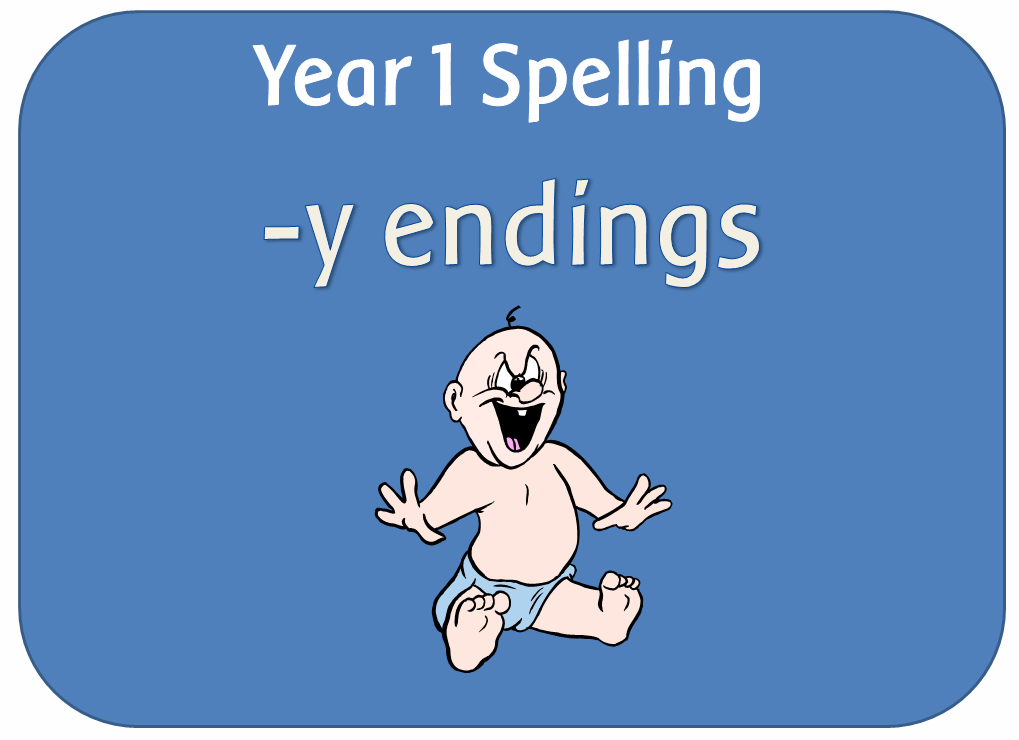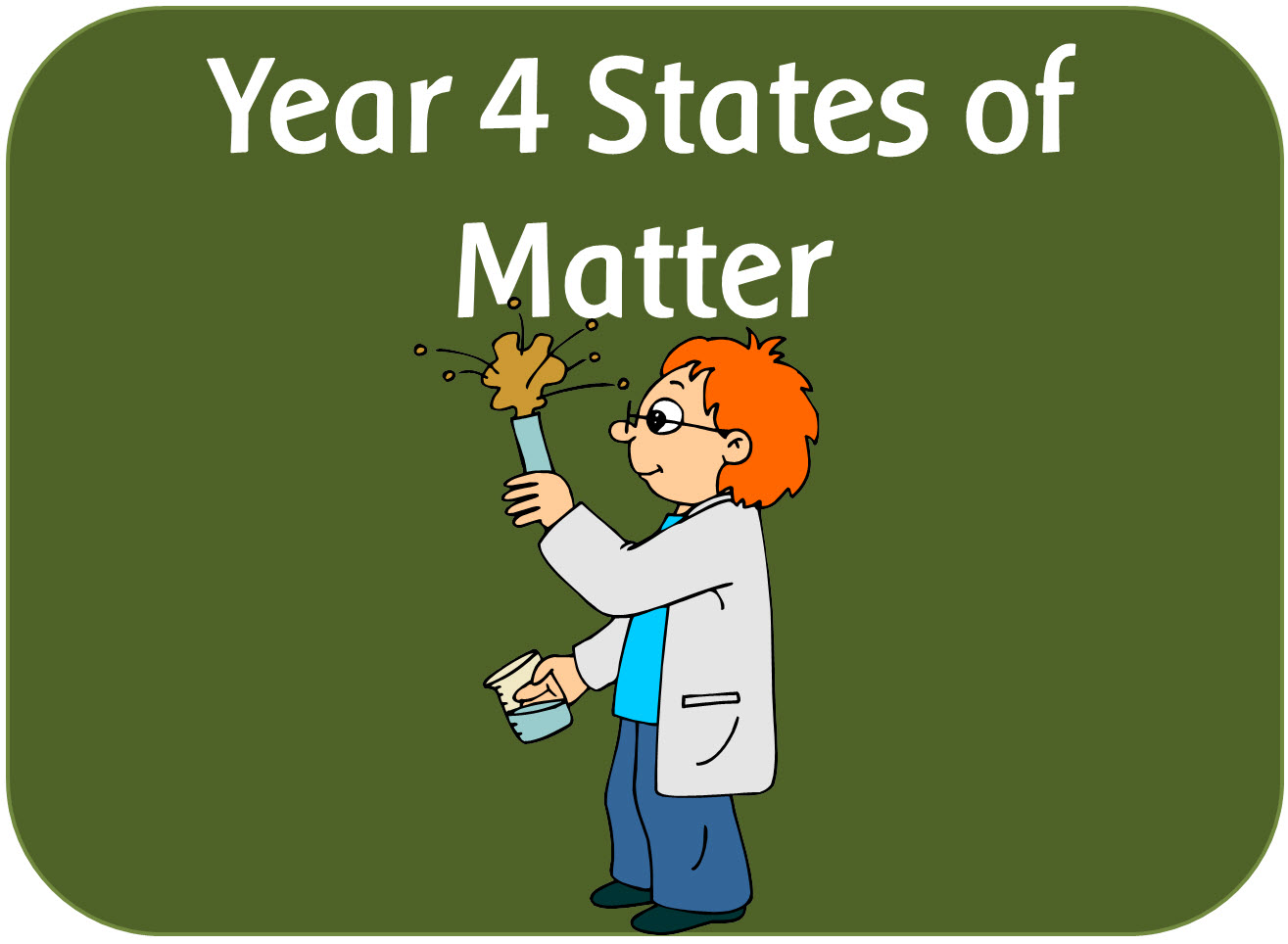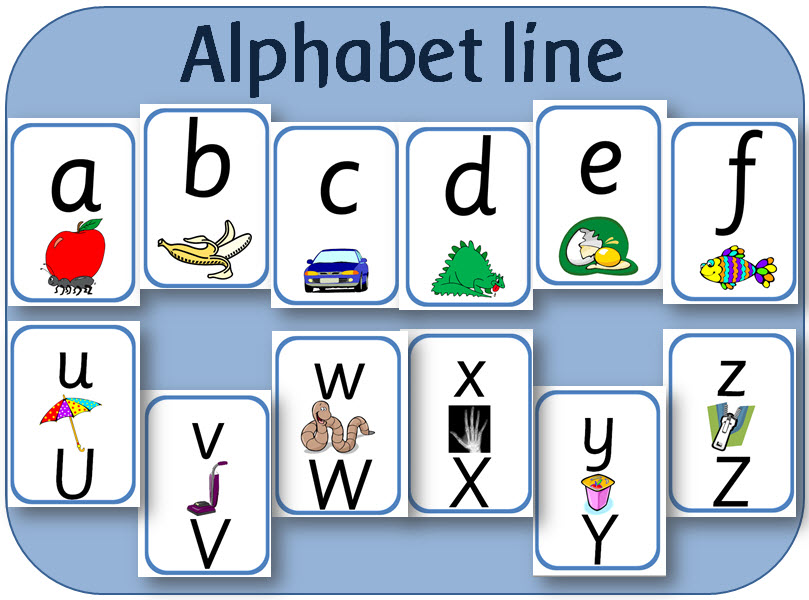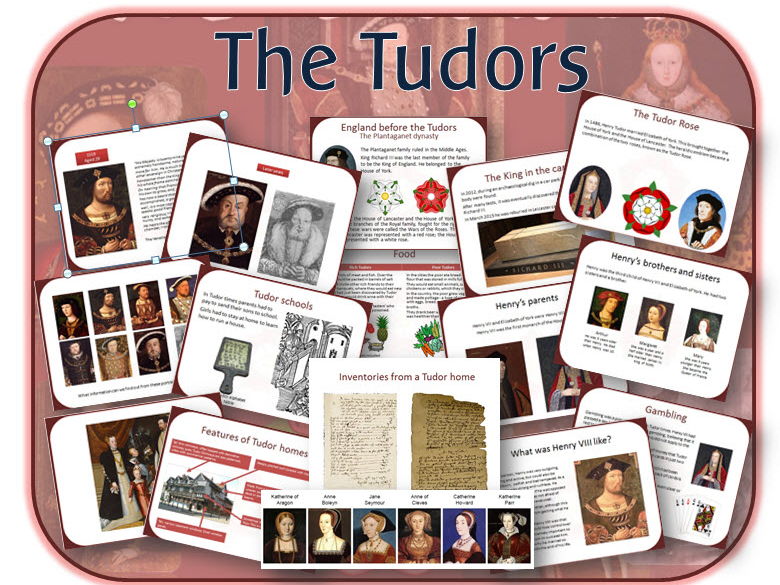
404Uploads
1054k+Views
675k+Downloads

SPaG Year 1 Spelling pack: Words ending in y
A set of resources to teach the guideline/rule in the Spelling Appendix:
When a word ends in an /i:/(‘ee’) or /ɪ/ (‘i’) sound, it can be spelt –y.
POWERPOINT: Explains the spelling rule and gives examples of words for a class activity where the children can try to spell the words.

Year 4 Science States of Matter & the water cycle powerpoints, worksheets, activities & display pack
A set of IWB lessons, worksheets, activities, planning and display resources following the new science 2014 curriculum.

KS1 Geography - Locational knowledge: The seven continents and five oceans resource pack
Two powerpoint lessons looking at the continents and oceans of the world. They both end with a recap quiz.
Also in the pack are activities and display.

Alphabet line / frieze for display with lower and upper case letters
This set contains 26 alphabet flashcards in lower case and 26 in upper and lower case, both in Sassoon Primary font, with pictures matching each initial letter sound.
There are also alternate lower case letters for f and k, plus ck, ll, ff, ss and zz.
There are 2 cards per A4 page for you to print as many times as you like.
They can be used as flashcards, for an alphabet frieze or other display work.

World War II / WW II & VE Day display pack
A set of headings, lettering, banners, posters and images for a WW2 / VE Day display:
WW II HEADING: Prints onto 1 A4 sheet, with the title 'World War II’
WW II BANNER X 2: In 2 sizes, one prints onto 3 A4 sheets, the other 4.
WW II A-Z LETTERING: Lower and upper case letters, plus numbers and punctuation to print and cut out.
WW II IN PHOTOGRAPHS: 15 titled photographs, showing images taken during the war -
The Women’s Volunteer Defence Corps
Rescue workers
Bombing at the library
Air raid warden
Ration book
Refreshments for the soldiers
Dunkirk
The Queen visits an Anderson shelter
Aftermath of a Blitz
Homeless
The Women’s land army
Bombings in Merseyside
Hawker Hurricane
Evacuees
Destroyed houses
WW II POSTERS: 10 A4 sheets containing photographs and explanations of different aspects of WW II -
WW II begins - Outlines the start of the war, with pictures of Neville Chamberlain, Adolph Hitler, and Winston Churchill
The Blitz - Explains what the Blitz was.
Blackouts - Curtains, and reasons why
Air raid shelters
Anderson shelters
Gas masks
Evacuation
Rationing
Participants of WW II
VE day
WW II INSTRUCTIONAL IMAGES: A collection of images made during the war to educate people about gas masks, enemy aircraft, air raid precautions, and fire precautions. (4 pages, with 3 or 4 images on each)
VE Day heading
VE day lettering
Union flag border
Small and large union flags

KS2 history topic The Tudors, Henry VIII and his wives - Powerpoint lessons and activities
A set of lessons and activities looking at the Tudors and Henry VIII
POWERPOINTS
Who were the Tudors?
Explains who the Tudors were, and when they lived. It shows a timeline of British history and where this period fits in. It looks at the Plantaganet dynasty who ruled before the Tudors. the Tudor Rose, how Henry Tudor defeated Richard III at Bosworth, and how the remains of Richard III have recently been discovered.
Who was Henry VIII?
Looks at his parents, his siblings, how he became king and a brief overview of his life.
What was Henry VIII like?
A look at different portraits of Henry showing how he changed over the years with contemporary descriptions of him at different times of his life.
Henry VIII's pastimes
Descriptions of all the pastimes Henry VIII did in his spare time
The wives of Henry VIII
The story of his marriages and wives over time in chronological order and explanations of why he married six times
What did Henry VIII do for his country?
A look at what life was like in Tudor times and how Henry made changes to: religion; the monasteries; the Navy & Mary Rose; coastal defences; Government and the union of Wales and England.
The poor in Tudor times
How the poor lived in Tudor times; it explains the hierarchy of Tudor society, unemployment, workhouses, almshouses and the Poor Laws. It describes poor Tudor homes, punishments and disease amongst the poor.
The lives of rich Tudors
Explains how we know much more about the lives of rich Tudors compared to the poor. It looks at what the rich ate; what they did in their leisure time; schools; clothing; punishments; homes (including styles and rooms). It shows images of two inventories from Tudor homes with a transcription.
How different were the lives of rich and poor Tudors?
Compares different aspects of the two groups: jobs; clothes; homes; food; education and entertainment.
Edward VI
His life story
Mary Tudor
Her life story
Elizabeth I
Her life story
Tudor fun activities and facts
Tudor recipes, facts and origins of words and phrases.
WORKSHEETS/ PRINTABLE RESOURCES IN PDF
Description of Henry VIII: Description written by the Venetian Ambassador in 1519
Difference between rich and poor Tudors: For recording
Farringdon inventory
Inventory of Clement Swallow
Portraits of Henry VIII: 10 different portraits to compare how he looked over the years
Rich and Poor Tudor pictures
The House of Tudor: Pictorial family tree
Tudor family portraits: Henry VII, Elizabeth of York, Henry VIII, Mary I, Elizabeth I and Edward VI on one A4 sheet
Wadley inventory
Wives of Henry VIII: Small portraits

The history of flying & the first aeroplane flight PowerPoint lessons and worksheets
A set of PowerPoint presentations plus a medium term plan looking at the history of flight. The PowerPoints are:
The history of flight: Describes the development of flight from the first kites made by the Chinese around 200 BC to the modern types of aircraft today. Includes kites, wings, ornithopter, hot air balloon, hydrogen balloon, airships, helicopters, autogyro, biplanes and monoplanes, flying boat, the jet engine, space shuttles and Concorde. Also looks briefly at the work of: the Montgolfier brothers, George Cayley, Otto Lilienthall, Samuel Pierpont Langley, the Wright brothers and Frank Whittle.
The first balloon flight ~ The Montgolfier brothers: A story of their lives, and how they designed the Montgolfier balloon.
The first aeroplane flight ~ The Wright brothers: A story of their lives and how they designed the first heavier than air powered aircraft.
How to make a paper plane (x2): Step by step instructions on how to make a paper plane, with illustrations.
Printable resources
Maps of the world / Europe/ UK/ North and South America/ South Asia/ Australia/ China/ Russian Federation / Mexico/ Africa
Worksheets(15):
Topic cover
9x sheets with images of different types of inventions for flying
The Montgolfier brothers writing sheets
The Wright brothers writing sheets
Design a hot air balloon x 3
Airship picture
Pictures of the Wright brothers and their planes
3 x A4 titles The history of flight / The Wright brothers / The Montgolfier brothers
A-Z lettering
Large ‘Flight’ letters
Planning document

Geography topic: Coasts - powerpoint lessons and activities
A set of lessons and worksheets looking at coasts, erosion, deposition and tourism.
POWERPOINTS
INTRODUCING COASTS:
Introduction to what coasts are; erosion and deposition, and investigating different coastal localities around the UK.
COASTAL EROSION:
Looks at different physical features caused by wave erosion - arches, caves and coastal stacks, and demonstrates the process of erosion by animated diagrams of how each feature is formed. It also briefly explains how different rock types erode at different rates, and shows a map of the UK, with the main types of rock found in each area. It ends with a series of photographs for the children to look at and identify coastal features.
COASTAL DEPOSITION:
Investigates the process of longshore drift, with an animated example, and explains the difference between sand and shingle beaches.
INVESTIGATING COASTAL ENVIRONMENTS:
Gives the children the task of writing a piece about a different coastal location for a holiday brochure.
MANAGING THE COASTLINE:
Explores how coastal erosion affects humans, and the reasons why we need to protect the coast from erosion. It explains how we protect the coast by building groynes, sea walls, armour, artificial harbours, or how we can just do nothing - giving the advantages and disadvantages of each method of protection.
COASTAL DEVELOPMENT:
Gives the children the task of being a local resident, a sea angler, a travel company representative, a holidaymaker, or a local government official, and deciding whether a hotel should be built in an unspoilt area of coastline.
WORKSHEETS (PDF)
LABEL COASTAL AREAS ON UK MAP: A blank UK map for the children to identify coastal areas that they know.
COASTAL EROSION: 2 pictures of coastal erosion for children to name features and describe the formation
WORLD AND UK MAP: To locate coastal areas in the world that they have visited
BROCHURE TEMPLATES: 10 different blank layouts for the children to fill in for the holiday brochure.
COASTAL DEVELOPMENT GROUP WORKSHEETS: Recording sheets when the children split into different groups to decide on whether a hotel should be built.

The Titanic - powerpoint lessons, worksheets and activities suitable for KS1 KS2
This is a set of 6 PowerPoint lessons and printable worksheets; suitable for teaching children aged 7-11
PowerPoint lessons:
TITANIC INTRODUCTION
A page for recording what the children already know, and a brief outline of the 1900’s, the Titanic, and her maiden journey.
BUILDING THE TITANIC
Who built and designed the Titanic and where it was built.
ON BOARD THE TITANIC
A 28 page PowerPoint, looking at who was on board - the crew, the different classes of passengers, and what each class was like, and what the Titanic was like inside.
TITANIC’S MAIDEN VOYAGE
A 30 page PowerPoint, telling the story of the Titanic’s fateful maiden voyage. It includes an explanation of how icebergs travel to the Atlantic Ocean, and looks at some survivors and what happened to the victims of the disaster.
TIMELINE OF THE VOYAGE
A detailed step by step report of the events of the Titanic’s maiden voyage.
FINDING THE TITANIC
Looks at how the Titanic was rediscovered in 1985, and what has happened to her since. Includes pictures and artefacts from the wreck.
PDF FILES :
BLANK MAP:
For the children to map out the route the Titanic took
WHAT I ALREADY KNOW ABOUT THE TITANIC:
sheet for the children to record what they already know and what they would like to learn
WRITING SHEET:
For creative writing
NEWSPAPER REPORT:
For report writing
SEQUENCING:
Images for sequencing the story

Transport topic - the history of cars - powerpoints
5 powerpoints looking at the history of the wheel, the horse and cart and the development of the modern day car.
Walking : The earliest form of transport. why people went on journeys.
Horse and cart: Transport before the railways and canals - looks at dirt tracks, Roman roads, Macadam roads, Stagecoaches, Omnibuses, and horse riding.
Invention and history of the car: A detailed look at the development of the car, from steam engines and the internal combustion engine, to modern cars of today. Looks at different eras in car manufacture - the Brass Era, Vintage Era, and the Classic car.
History of the Wheel: The earliest types of wheel; the spoked wheel, and other wheel inventions.

Transport topic - George Stephenson and the history of trains - powerpoints and activities
Two powerpoints looking at how and why trains developed over time, and the Father of the Railways, George Stephenson, plus 3 worksheets.
George Stephenson and locomotives: Looks at James Watt and his steam engine design; Richard Trevithick and his steam engine improvements, and the life of George Stephenson, and how he became known as the 'Father of the Railways'. Tells the story of the first steam locomotives; the Rainhill Trials; the Liverpool and Manchester Railway; and new steam locomotive designs up to 1941. Also briefly and simply explains how steam engines work.
Trains now and then: Shows different parts of a steam locomotive, and looks at pictures of different locomotives, and how they developed from George Stephenson's Rocket, to the modern bullet trains of today.
Steam train worksheets: 3 different worksheets, showing a picture of a steam train to label and caption.
The Rocket worksheet: To compare modern trains with old steam locomotives.
Steam train template: An outline of a steam train, to use for colouring, collage, paint etc.

Britain's settlement by Anglo-Saxons and Scots: PowerPoint lessons, worksheets & topic plan
A series of lessons to cover the objectives in the history curriculum 2014:
POWERPOINTS
Romans and Scots: A look at the Roman withdrawal from Britain in around AD 410, the fall of the western Roman Empire due to barbarian attacks and the Scots invasions from Ireland to north Britain.
The Anglo Saxons (invasions, settlements and kingdoms: place names and village life): A 38 page powerpoint with a contents page so it can be taught as an overview or an in-depth study. Introduces the topic with a timeline and a map showing where the Angles, Saxons and Jutes came from and where they settled in Britain. Looks at the seven main Anglo-Saxon kingdoms of Essex, Kent, Sussex, Wessex, East Anglia, Mercia and Northumbria, showing maps of each region and giving information on important kings. Mentions the current debate about whether Britain was invaded or peacefully settled by the Anglo-Saxons. Gives examples of place names and a list of Anglo-Saxon words and their meanings that many place names have originated from. Ends with a look at Anglo-Saxon village life.
Anglo-Saxon art and culture: Includes the Anglo-Saxon runic alphabet, literature such as Beowulf and the Anglo-Saxon Chronicles, the Bayeux Tapestry, and looks closely at Anglo-Saxon art
Christian conversion: Explains the pagan religion of the Anglo-Saxons then the rise of Christianity in Britain from monasteries in Iona, Lindisfarne and Canterbury. Explains the difference between the Celtic Christianity and the Roman Christianity, and how problems were solved at the Synod of Whitby.
Sutton Hoo discovery: An in-depth look at the ship burial at Sutton Hoo and the artefacts found.
WORKSHEETS AND ACTIVITIES
Topic booklet covers
What I know about the Romans & Anglo-Saxons
Dal Riata writing templates
Romans writing template
Anglo-Saxon arrival in Britain
Anglo-Saxon kingdoms map
Anglo-Saxon place names
The Anglo-Saxon Chronicles (in English)
The story of Beowulf (English translation)
Writing with runes
Calligraphic writing x 2 versions
Illuminated letters: Large letters to colour like the monks
Iona, Canterbury and Lindisfarne worksheet
Writing border - saints
Writing sheet - monks
Blank map
Writing border - Anglo-Saxons
Writing border - monks

Mountains display pack
This resource contains headings, vocabulary and posters, all in pdf format on CD to print out for a Mountains display
MOUNTAINS LETTERING - This lettering is to cut out for display. 'MOUNTAINS' / 'THE MOUNTAIN ENVIRONMENT' is written out, which can either be printed as a banner, or cut out for display. There are also all upper and lower case letters and numbers included so that you can print out whatever you need to personalise your display.
THE MOUNTAIN ENVIRONMENT A4 HEADER - to print.
MOUNTAINS VOCABULARY DISPLAY - With headings and photographs (2 per A4 sheet - Includes blizzard, avalanche, snowdrift, snow, hail stones, snow flake, alpine glow, flood, peak, mountain range, base station, mountain tourism, ski run, litter, mountain, hill, flora and fauna.)
MOUNTAINS POSTERS - 15 A4 sheets, with explanations and descriptions:
What is a mountain?
Plate tectonics (x2)
Fold mountains
Fault-block mountains
Volcanic mountains
Dome mountains
Plateau mountains
Mountain climates
Mountain temperatures
Mountain weather
Mountain rainfall
Mountain ranges - map
Seven Summits - map
UK mountains - map

Year 5 Science Earth and Space - powerpoints, worksheets, activities and display pack
A pack of resources following the new curriculum objectives.
1. INTRODUCTION TO THE TOPIC - LO:To find out what the children already know about Earth and Space.
Powerpoint: questions about the Earth, Moon, Planets and Sun.
Worksheet: for the children to write down what they know and what they would like to find out.
2. SPHERICAL OR FLAT - LO: Describe the Sun, Earth, and Moon as approximately spherical bodies.
Powerpoint: Introduces what people thought about the Earth a long time ago, and whether it is flat or spherical.
Worksheet: The children have to argue for or against the Earth being spherical.
3. THE EARTH AND SUN - LO: Use the idea of the Earth's rotation to explain day and night and the apparent movement across the sky.
Powerpoint: looks closely at the Earth and Sun and explains the movement of the Earth in relation to the Sun
Worksheets: The children have to write an explanation about night and day, and a recording shadows worksheet.
4. THE SOLAR SYSTEM - LO: Describe the movement of the Earth and other planets relative to the Sun in the solar system.
Powerpoint: Looks at the Earth, Sun, and planets in the solar system. It also looks into where the solar system is, and what other things may be found in it (eg asteroids and comets).
Worksheet: a word document containing images of the planets and the moon to resize and make models.
5. THE PLANETS
Powerpoint: looks at the planets in more detail.
6. THE MOON - LO: Describe the movement of the Moon relative to the Earth.
Powerpoint: looks at the size of the Moon, its distance from Earth, and how it orbits the Earth. It asks why the moon seems to change shape, and explains the phases of the Moon. It also looks at other planets with moons.
Worksheet: A recording sheet to observe the moon over a 30 day period.
7. EARTH AND SPACE QUESTIONS:
Powerpoint: asking questions to recap learning.
Worksheet: for the children to record their answers.
8. Earth and Space quiz in Powerpoint - to end the topic.
OTHER RESOURCES
Banner for display 'Earth and Space' - prints onto 3 A4 pages
A4 title plus A-Z lettering, with a space background
Topic cover - 4 different versions
Vocabulary cards - with images and explanations
Wordsearch
Writing sheets x 4 decorated with Earth / the solar system
Year 5 Earth and Space medium term planning: An outline of the activities and learning objectives with websites and ideas. It can be adapted.

Tocuaro & Mexico - Powerpoint lessons, worksheets and activities
A set of geography resources looking at where Tocuaro is and what it is like there.
POWERPOINTS
Tocuaro mind map: For the beginning of the topic, to record what the children already know.
Where is Tocuaro?: Shows the location of Tocuaro, in relation to the UK, Europe, and the rest of the world.
What is Tocuaro like?: Photographs of life in and around Tocuaro, for the children to look at to find information.
What is it like to live in Tocuaro?: Photographs of a Mexican family, different types of jobs and activities, food, dining, school, and traditional costumes.
Is life in Mexico similar to life in the UK?: Photographs showing different aspects of life in Tocuaro and Mexico - street scenes; church; market stalls; crafts; houses; children; high street; washing clothes, and cooking.
PRINTABLE RESOURCES (PDF)
How to get to Tocuaro: A world map for the children to draw a route from their home town to Mexico.
What is it like in Tocuaro: Three versions for different abilities - to write down what they think Tocuaro is like.
Similarities and Differences: Worksheet for writing lists of similarities and differences.
Mask template x 3: For the children to design their own mask.

Year 1 Science - Plants topic pack
This set of resources includes planning, worksheets and powerpoints. The powerpoint lessons cover the following objectives:
identify and name a variety of common wild and garden plants, including deciduous and evergreen trees
identify and describe the basic structure of a variety of common flowering plants, including trees.

Spag Punctuation posters: KS1 KS2 Years 1 to 6 display pack
A set of 22 A4 posters describing, naming and explaining different types of punctuation
The posters cover all the punctuation outlined in the English National Curriculum.
The titles of the posters are:
Punctuation
Capital letters
Spaces
Sentence
Full stop
Question mark
Exclamation mark
Apostrophes for contractions
Apostrophes for ownership
Comma
Commas for lists
Inverted commas
Ellipsis
Hyphen
Colons to introduce a list
Colons for independent clauses
Semi-colon
Bullet points
Dash
Brackets
Plus 2 'DO NOT...' posters:
Do not use an apostrophe for 'its' when it is a possessive adjective
Do not use an apostrophe for plurals
Each poster contains the title and explanation and an image / examples
Plus a 'Punctuation' banner that prints onto 3 A4 pages and a border to frame a display.

British Values Powerpoint lessons and activity sheets for KS1 and KS2
The set contains the following powerpoints:
Democracy introduction: Explains what democracy is, where it began, and a short history of how Democracy began in Britain. It explains that not all countries are democracies and gives examples of other types of government.
Democracy in Britain: Explains how democracy works in Britain; how votes are made, elections, political parties, Parliament and Government
Respect and Tolerance: Explains the ‘Out of Africa’ theory of where humans originated and how the migration of humans has affected race and culture. Explains the six major religions in Britain; their beliefs and their origins; asking the children to look at similarities and differences between them.
Respecting Differences: Something to make the children think - looks at different features in humans and how we might all be different but we are all human.
The Rule of Law: Explains what the Rule of Law is and how the legal system developed in England/Britain from medieval times to the present. Looks at civil law and criminal law, explaining the differences, and how the courts and the police are there to protect us.
The set also includes flags/ bunting to colour, writing and activity sheets and a topic cover.

Year 4 Vocabulary grammar and punctuation terminology posters
A set of A4 posters to print and display.
They contain all the 'terminology for pupils' identified in Appendix 2 for Year 4:
Determiner; Pronoun; Possessive pronoun; Adverb; Adverbial; Fronted adverbial; Plural; Verb inflections; Nouns; Possessive apostrophe; Sentence; Punctuation






















